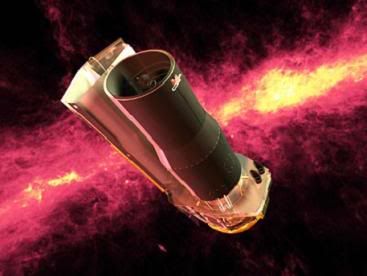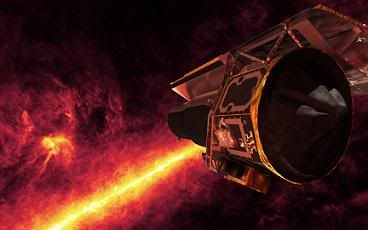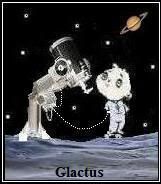|
|
Post by glactus on Nov 6, 2011 1:55:25 GMT
NASA's Spitzer Space Telescope is a technological marvel, featuring many innovations never before used on a space mission. The satellite contains three instruments that allowed it to perform imaging and photometry from 3 to 180 micrometers, spectroscopy from 5 to 40 micrometers, and spectrophotometry from 5 to 100 micrometers.  The Spitzer space observatory Spitzer was launched on August 25, 2003 from Florida's Cape Canaveral Air Force Base on a Delta II 7920H ELV rocket. Drifting in a unique Earth-trailing orbit around the Sun, Spitzer sees an optically invisible universe dominated by dust and stars.  Spitzer in space The Telescope is a space-borne, cryogenically-cooled infrared observatory capable of studying objects ranging from our Solar System to the distant reaches of the Universe and is the final element in NASA's Great Observatories Program, an important scientific and technical cornerstone of the Astronomical Search for the origins of the Universe.  A technological marvel- The Spitzer Space observatory The US$800 million Spitzer follows a rather unusual orbit, heliocentric instead of geocentric, trailing and drifting away from Earth's orbit at approximately 0.1 astronomical unit per year (a so-called "earth-trailing" orbit). To see 2 videos of the Spitzer Space Telescope just click on the links below. Have sound. www.youtube.com/watch?v=tvOq2bDt-FIwww.youtube.com/watch?v=74_LsjpVfa0  Credits: These are non copywrite images Text by NASA Videos by YouTube |
|